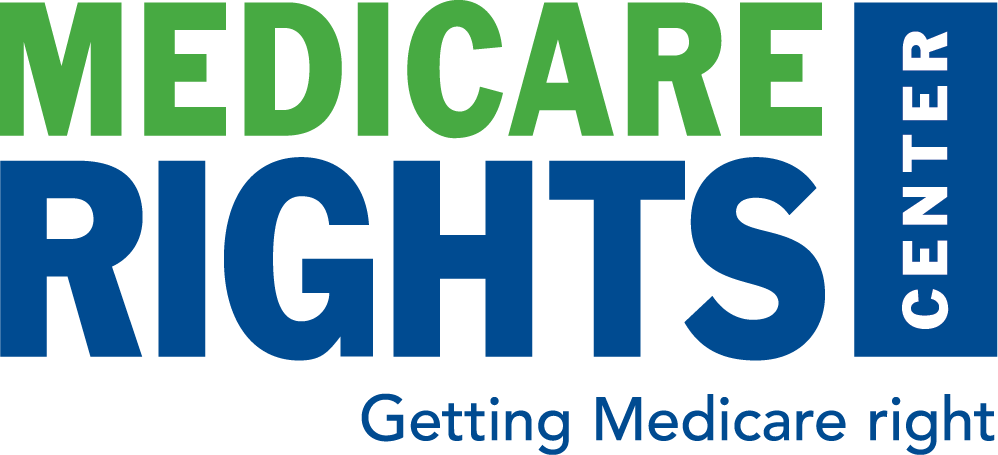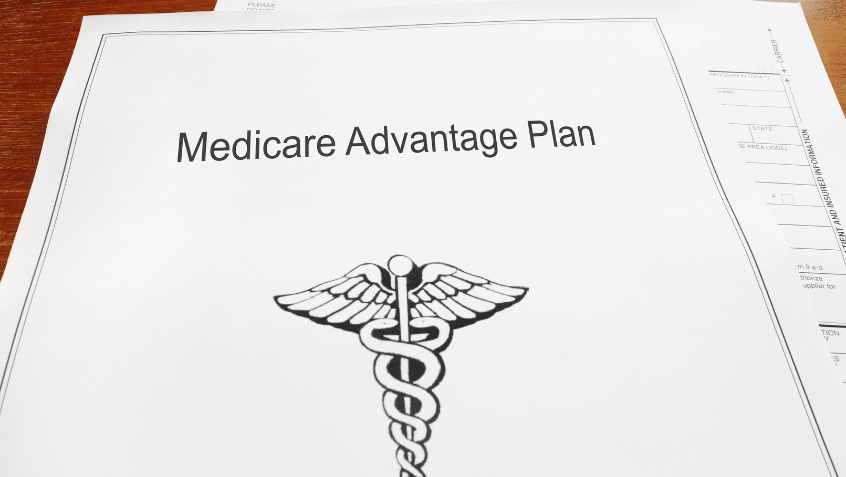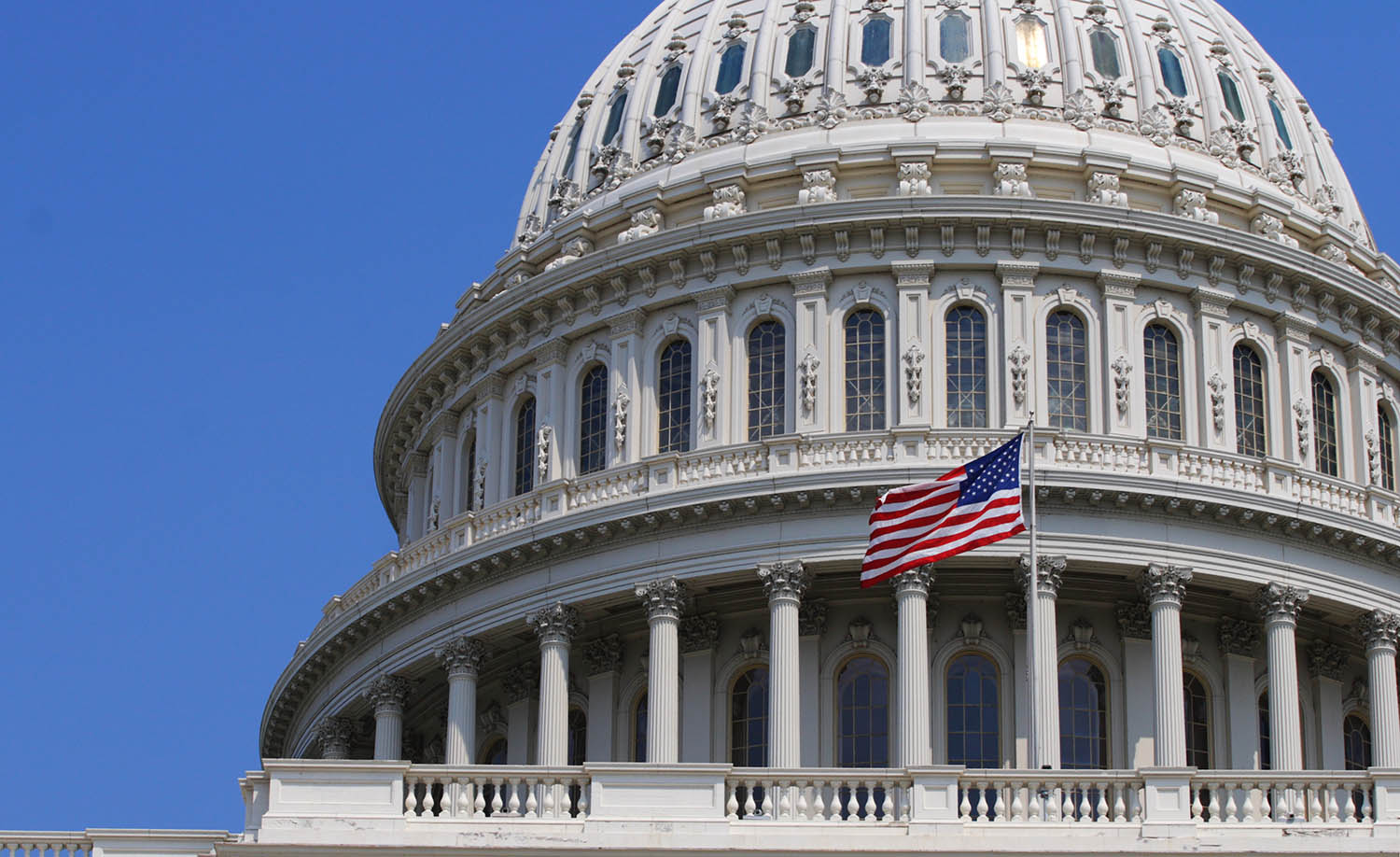Open Enrollment ends on Dec. 7! Download the free guide to help weigh coverage options.
House Passes Budget Resolution That Would Radically Transform the Medicare Program
- By Casey Schwarz
- July 27, 2017

This week, the House Budget Committee approved a 2018 budget resolution that would end Medicare’s guarantee of health coverage by converting the program to a premium support system. It would cut Medicare spending by $487 billion, largely by shifting more health care costs to beneficiaries. This is in contrast to President Trump’s budget, which spares Medicare from cuts.
The Budget Committee’s description proposes the following changes in Medicare:
- Premium support. The House plan would replace Medicare’s guarantee of health coverage with a flat premium-support payment, or voucher, that beneficiaries would use to help buy either private health insurance or a form Medicare. Premium support would apply to all new beneficiaries starting in 2024 and to any other beneficiaries choosing to participate.
- Higher income-related premiums. Most Medicare beneficiaries now pay premiums for Parts B and D (which cover physician services and prescription drugs, respectively) that represent about one-quarter of program costs. Beneficiaries with incomes above $85,000 (twice that amount for couples) pay higher amounts. The House plan would increase these income-related premiums.
- Limits on malpractice awards. The House plan would limit medical malpractice litigation by capping awards and attorney fees, reducing the time for filing claims, and making other changes.
The Budget Committee staff have also stated that the resolution assumes further Medicare cuts in the form of:
- Raising the eligibility age. The House resolution would gradually raise Medicare’s eligibility age from 65 to 67. At the same time, it assumes enactment of the House-passed bill repealing the Affordable Care Act (ACA), which would eliminate or weaken the ACA’s coverage expansions through Medicaid and the health insurance marketplaces. As a result, 65- and 66-year-olds would have to buy coverage in the individual insurance market, where they would face extremely high premiums and deductibles.
- Increasing cost sharing. The resolution would add an annual limit on out-of-pocket spending to traditional Medicare, thereby filling the program’s largest coverage gap. But it would increase Medicare cost sharing by establishing a single unified deductible for Parts A and B, imposing uniform 20 percent coinsurance for all covered services, and putting limits on Medicare supplemental insurance (“Medigap”) policies.
- Graduate medical education. The resolution assumes reductions in Medicare payments to teaching hospitals for the costs of medical education.
The Latest
Most Read
Add Medicare to Your Inbox
Sign up to receive Medicare news, policy developments, and other useful updates from the Medicare Rights.









